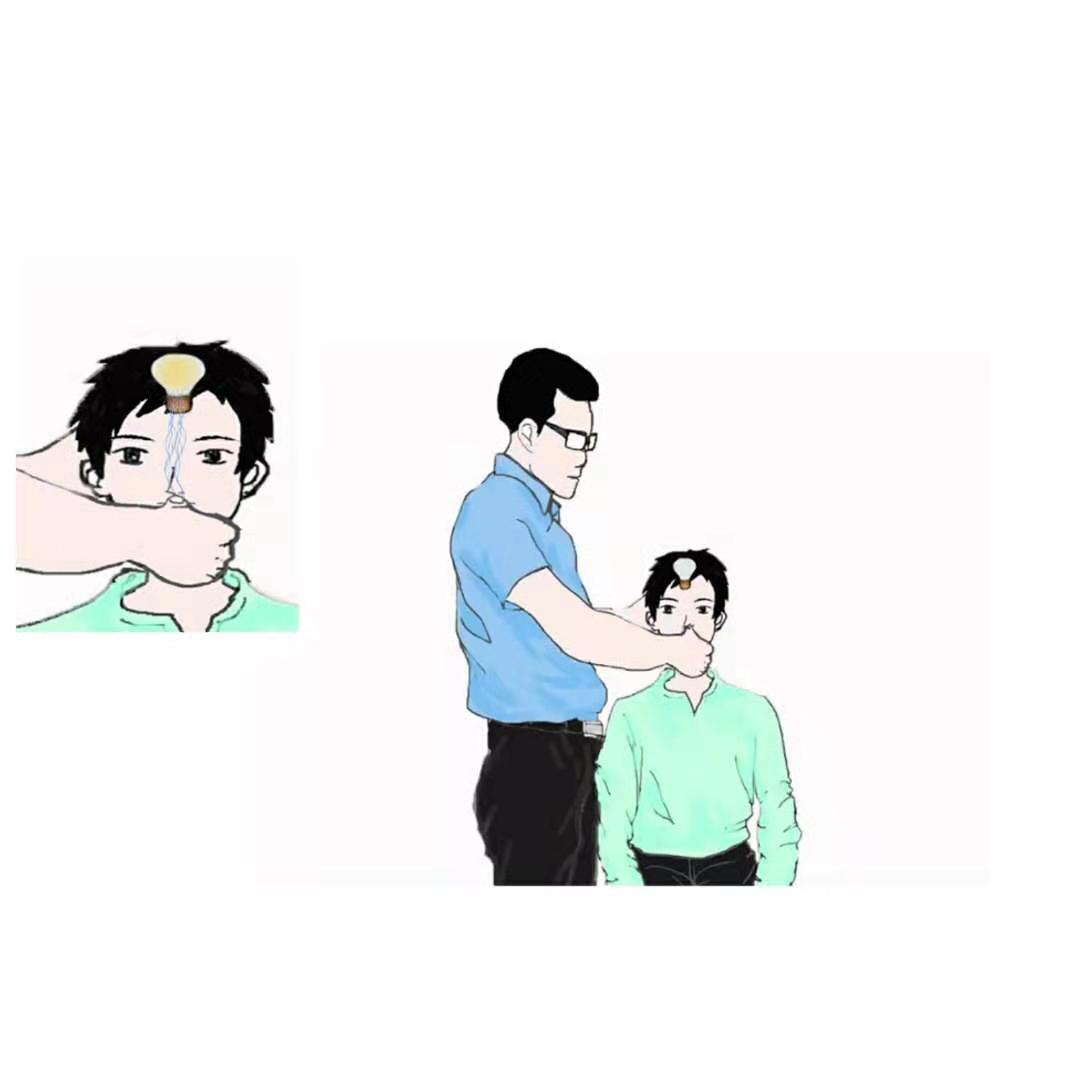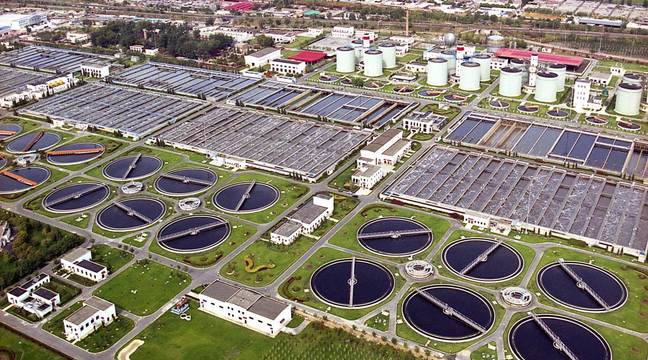
当前课程知识点:Water and Wastewater Treatment Engineering: Biochemical Technology > Chapter 6 Biological nitrogen and phosphorus removal process > Section 6.1 Introduction > Section 6.1 Introduction
返回《Water and Wastewater Treatment Engineering: Biochemical Technology》慕课在线视频课程列表
返回《Water and Wastewater Treatment Engineering: Biochemical Technology》慕课在线视频列表
同学们好,欢迎大家来到水处理工程MOOC课堂
今天我们来学习第六章,生物脱氮除磷工艺
这一章一共分成四个小节
第一节是一个简单的概述,第二节是关于生物脱氮工艺与技术
第三节介绍生物除磷的工艺与技术,第四节是同步脱氮除磷工艺
我们先来看第一节概述,分三点来介绍
第一点,来介绍营养元素的危害
第二点,介绍脱氮的一些物化的处理方法
第三节,介绍除磷的一些物化方法
关于营养元素的危害,我们从以下几点来加以介绍
首先,在自然水体中间如果含有一定的氨氮
它就会消耗水体中间的溶解氧,导致水体缺氧
第二,是在原水中间如果含有一定的氨氮
它在后续的给水处理过程中间,特别是在后续的加氯消毒的过程中间
氨氮会与氯反应生成氯氨,甚至氨氮会进一步的被氯氧化生成氮气
这样的话会增加氯的用量
第三点,是一些含氮的化合物
有时候会对人或者是其他的一些生物有直接的毒害作用
水中过高浓度的氨氮,会对水中的鱼类有直接的毒害作用,会导致鱼类的死亡
第二,是硝酸盐或者是亚硝酸盐在一定条件下,可能会被转化为亚硝胺
亚硝胺是一种“三致”物质,就是致畸,致突变,和致癌
另外,水中特别是饮水中间过高的硝酸盐浓度
可能会导致婴儿患上变性血色蛋白症,也就是通常所说的“Bluebaby”
第四点,那么更广为人知的这个营养元素的危害
是它们会加速水体的富营养化过程
导致在一定条件下,在河流中间或者是在湖泊中间
会大量生长大量各种藻类,导致水体的污染
第二点,我们来介绍一下脱氮的一些物理、化学的处理方法
首先,当废水中间的氨氮浓度比较高,我们就可以采用吹脱法
这里面有一个氨氮跟水的反应方程式
可以看到,当水中的OH—浓度较高的话,这个反应会向左侧进行
会导致水中的氨氮更多的以游离氨氮的形式存在
在这种条件下,如果加以空气对水进行吹脱
水中的氨氮就会被转移到气相中间,对尾气进行吸收处理以后
我们可以去除水中的氨氮,同时,还可以对水中的氨氮加以回收利用
这里给出了一个氨氮吹脱的工艺流程
我们可以看到,在进水中间我们加入石灰或者是石灰乳
对于进水的pH值进行调节,把它的pH值要调到10以上
随后,进入一个简单的沉淀池,对其中的一些可沉淀的物质进行去除
最后,进入吹脱塔,利用空气,有的时候也会利用一些蒸汽
将这个废水进行吹脱,对吹脱后的废气,进行吸收处理
出水中间的氨氮就会被去除
这样的一个工艺,主要是适用于比较高浓度的氨氮的废水的处理
第二个方法,我们是利用折点加氯法对废水中的氨氮加以去除
当废水中间的氨氮浓度比较低,那我们就可以利用前面已经讲过的特点
利用氯跟氨氮的反应,第一步,会反应生成氯氨
第二步,继续反应会生成氮气
这样的话,彻底的将废水中间的氨氮氧化成氮气
就可以实现对废水中间氨氮的去除
这里给出了它的反应方程式,以及它的工艺流程
进水先进入一个加氯反应器,随后进入一个后处理装置
一般采用活性炭吸附,对剩余的余氯
以及其他的反应的附产物,进行吸附去除
最后,就可以得到高品质的出水
这个工艺主要适用于低浓度的氨氮废水
当进水中的浓度过高的时候,氯的消耗会特别大
这里面当然给大家有一个思考题,请大家去回忆一下,什么叫折点加氯法
第三个物化脱氮的工艺,我们来介绍选择性离子交换法去除水中的氨氮
通常我们采用沸石作为除氨的离子交换剂
这里给出了工艺流程
可以看到,废水经过前面的澄清或者是简单的过滤之后进入这个离子交换床
后续对这个沸石要进行再生
这个工艺主要也适用于较低浓度的氨氮的废水的处理
第三点,我们来介绍除磷的物化方法
对于磷来说,我们在前面也讲过
对于磷的去除,主要是设法将磷转化成一些可沉淀的物质
在这里面谈到的物化法,主要是采用混凝沉淀法
基本上有三种方法
第一种采用投加铝盐
这里给出了铝盐跟盐酸盐的一个发生沉淀的反应方程式
可以看到,它的溶度积是非常的小
通常我们采用的铝盐有硫酸铝,或者是氯化铝,或者是聚合氯化铝
第二个方法,我们是采用投加铁盐,对磷进行沉淀
当投加铁盐的时候,可能水中的OH—还会跟磷酸盐发生竞争
所以有可能会生成两种沉淀物,一种是FePO4 ,另一种是 Fe(OH)3
这里面也分别给出了它们的溶度积
可以看出,在一定条件下,Fe(OH)3 更容易生成沉淀
采用的铁盐一般有FeCl2或者是FeSO4
有时候也会采用 FeCl3 和Fe2(SO4)3
第三种方法,我们也会有的时候会采用直接投加石灰来对水中的磷进行去除
这里给出了它的反应方程式
可以看出,水中的磷跟石灰中的钙最后反应生成了羟磷灰石这样的一种沉淀物
这样就可以实现,对水中溶解性的磷酸盐的去除
好,谢谢大家,这一节的内容就到这
-Section 0.1 Development Status of Wastewater Treatment Process
--Section 0.1 Development Status of Wastewater Treatment Process
-Section 0.2 Typical Processes of Wastewater Biological Treatment
--Section 0.2 Typical Processes of Wastewater Biological Treatment
-Section 1.1 Principles of wastewater aerobic biological treatment
--1.1 Principles of wastewater aerobic biological treatment
-Section 1.2 Principles and determination of wastewater biodegradability
--1.2 Principles and determination of wastewater biodegradability
-Section 1.3 Principles of wastewater anaerobic biological treatment
--Section 1.3.1 Principles of wastewater anaerobic biological treatment(1)
--Section 1.3.2 Principles of wastewater anaerobic biological treatment(2)
-Section 1.4 Principles of wastewater biological nitrogen removal
--Section 1.4 Principles of wastewater biological nitrogen removal
-Section 1.5 Principles of wastewater biological phosphorus removal
--Section 1.5 Principles of wastewater biological phosphorus removal
-Chapter 1 Homework
-Section 2.1 Basic concept of activated sludge process
--Section 2.1.1 Basic concept of activated sludge process
--Section 2.1.2 Basic concept of activated sludge process
-Section 2.2 Growth rule of activated sludge and its application
--Section 2.2 Growth rule of activated sludge and its application
-Section 2.3 Running mode of activated sludge process
--Section 2.3.1 Running mode of activated sludge process(1)
--Section 2.3.2 Running mode of activated sludge process(2)
-Section 2.4 Kinetics of active sludge process
--Section 2.4.1 Kinetics of active sludge process(1)
--Section 2.4.2 Kinetics of active sludge process(2)
--Section 2.4.3 Kinetics of active sludge process(3)
--Research and Development of Kinetic Model of Activated Sludge Process
-Section 2.5 Principle, calculation and equipment of aeration
--Section 2.5.1 Principle, calculation and equipment of aeration(1)
--Section 2.5.2 Principle, calculation and equipment of aeration(2)
-Section 2.6 Designing of activated sludge process
--Section 2.6 Designing of activated sludge process
-Section 2.7 Operation and management of active sludge process
--Section 2.7.1 Operation and management of active sludge process (1)
--Section 2.7.2 Operation and management of active sludge process (2)
-Chapter 2 Homework
-Section 3.1 Basic principle of biofilm
--Section 3.1 Basic principle of biofilm
-Section 3.2 Biofilter process
--Section 3.2.1 Biofilter Process (1)
--Section 3.2.2 Biofilter process (2)
--Section 3.2.3 Biofilter process (3)
-Section 3.3 Biodisk process
-Section 3.4 Biological contact oxidation process
--Section 3.4 Biological contact oxidation process
-Section 3.5 Aerobic biological fluidized bed process
--Section 3.5 Aerobic biological fluidized bed process
-Chapter 3 Homework
-Section 4.1 Oxidation ditch process
--Section 4.1 Oxidation ditch process
-Section 4.2 A-B process
-Section 4.3 SBR process
-Section 4.4 MBR process
-Chapter 4 Homework
-Section 5.1 Overview and characteristics of development of anaerobic biological treatment
--Section 5.1 Overview and characteristics of development of anaerobic biological treatment
-Section 5.2 Anaerobic digester
--Section 5.2 Anaerobic digester
-Section 5.3 Anaerobic contact process and anaerobic filter process
--Section 5.3 Anaerobic contact process and anaerobic filter process
-Section 5.4 UASB process
-Section 5.5 Other anaerobic biological treatment process
--Section 5.5 Other anaerobic biological treatment process
-Section 5.6 Operation management of anaerobic biological treatment process
--Section 5.6 Operation management of anaerobic biological treatment process
-Chapter 5 Homework
-Section 6.1 Introduction
-Section 6.2 Biological nitrogen removal process and technology
--Section 6.2 Biological nitrogen removal process and technology
-Section 6.3 Biological phosphorus removal process and technology
--Section 6.3 Biological phosphorus removal process and technology
-Section 6.4 Simultaneous nitrogen and phosphorus removal process
--Section 6.4 Simultaneous nitrogen and phosphorus removal process
-Chapter 6 Homework
-Section 7 Natural biological treatment process
--Section 7 Natural biological treatment process
-Chapter 7 Homework
-Section 8.1 Source, nature and treatment of sludge
--Section 8.1 Source, nature and treatment of sludge
-Section 8.2 Sludge thickening and digestive stability
--Section 8.2 Sludge thickening and digestive stability
-Section 8.3 Sludge conditioning, dehydration and incineration
--Section 8.3 Sludge conditioning, dehydration and incineration
-Chapter 8 Homework
-Section 9 Wastewater Discharge and Reuse
--Section 9 Wastewater Discharge and Reuse
-Chapter 9 Homework

